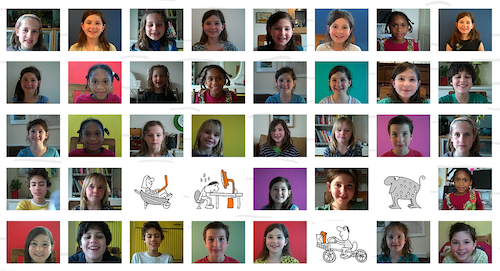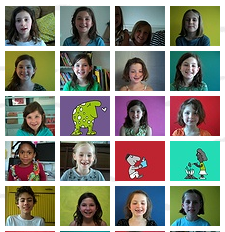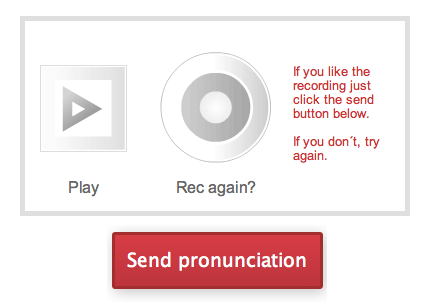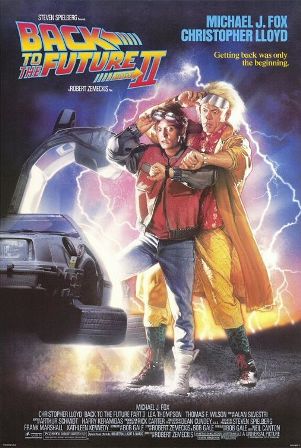
Smories are free original stories for kids, read by kids. 50 smories are added every month. Two London-based illustrator/writers Lisa Swerling and Ralph Lazar got the idea for smories.com during a long journey in a dirty Land Rover from the Kalahari desert in Botswana to Cape Town in South Africa.
Their daughter (8) had the idea to film herself with an ipod reading short stories, and then play them back to her younger sister (6). This kept the kids entertained for hours and inspired their parents to create smories. Thank you for this great idea!
Smories is a free online resource for kids and a nice and simple alternative to sites like youtube where young viewers can easily click away to unknown destinations. But smories is also a new platform for children’s story writers, where they are freed from the usual constraints of having to illustrate their story to have a shot at publication. At Smories.com writers can get their work published online, retaining all rights.




